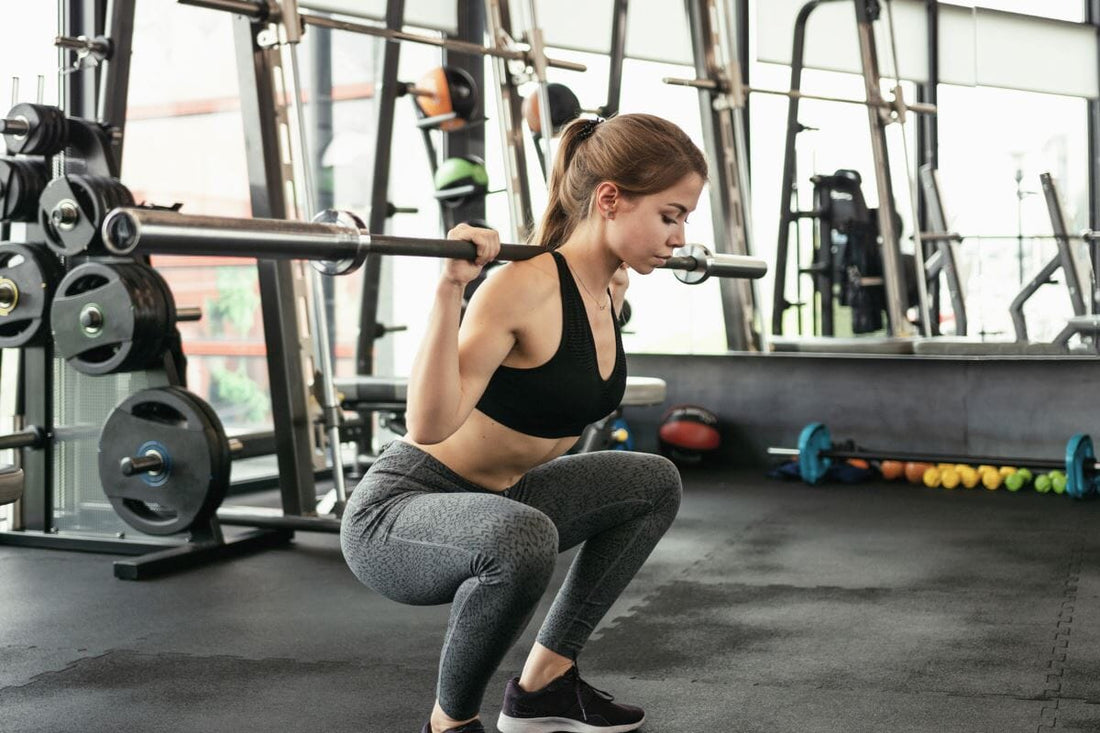How deep should you squat for maximum muscle growth?
When looking at muscle stimulation, some studies employ something called electromyography which involves putting electrodes on the skin and measuring muscle activation.
This can be useful acute (short term) research but when there is research looking at actual body composition changes over time, it makes sense to prioritize this.
One study in 2013 divided subjects into two groups and compared two different squat depths (120° and 60° of knee flexion) over a 12 week training period.


Muscle growth in the thigh was measured and the deeper squat group had more significant changes in cross sectional area (4-7% increases).

On top of this, they increased their one repetition maximum in the deep squat by 20% whereas the shallow squat only increased their deep squat strength by 9%. The shallow squat did have greater gains in shallow squat strength (36% vs 20%) which lends evidence to the importance of training at joint angles specific to your goal.
A 2014 study also compared two different angles of knee flexion (50° vs 90°) and again found that the deeper angles resulted in more muscle growth however it is worth noting that all participants followed a more comprehensive leg program so this cannot isolate the impact of the squat exercise alone.
A 2019 study utilized a squat only program and compared 140° to 90° knee flexion. Interestingly, increases in knee extensor musculature (quadriceps minus rectus femoris) were not significantly different between depths however there was greater growth in the adductors and gluteus maximus in the deeper squat groups. Muscle growth in the hamstrings was not statistically significant regardless of squat depth, adding further evidence that traditional squats are not a great exercise choice for stimulating the hamstrings.

Once again, there were differences in strength improvement specific to squat depth.
 To summarise, research suggests that deeper squats result in more muscle growth than shallow squats although there are some conflicts on which muscle groups this is specific to.
To summarise, research suggests that deeper squats result in more muscle growth than shallow squats although there are some conflicts on which muscle groups this is specific to.
So if deep squats are not contraindicated (mobility, injury risk etc) then it makes sense to strive for deeper squats rather sacrificing range of motion for the sake of a heavier weight.

References:
- Effect of range of motion in heavy load squatting on muscle and tendon adaptations
- Impact of Range of Motion During Ecologically Valid Resistance Training Protocols on Muscle Size, Subcutaneous Fat, and Strength
- Effects of squat training with different depths on lower limb muscle volumes


